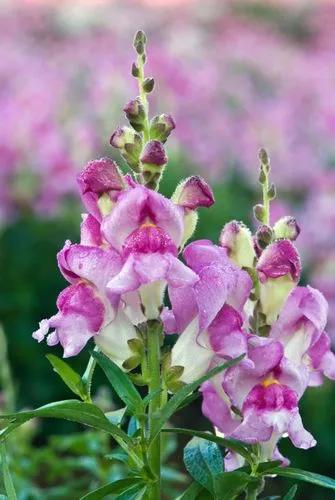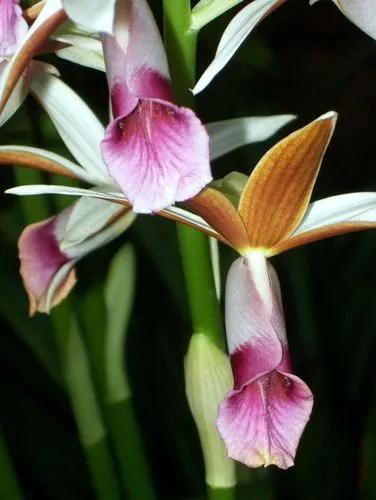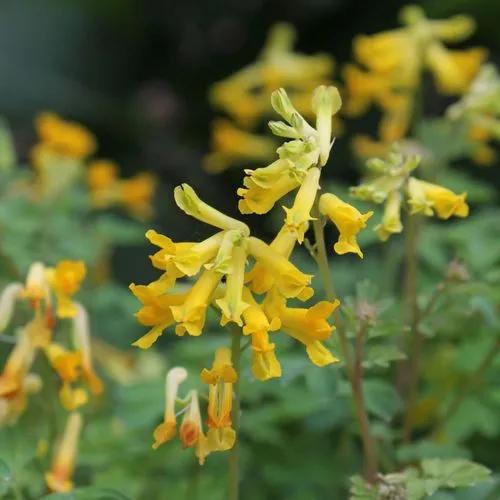This is a parent to many of the popular hybrid Japanese Anemone. The branching stems of poppy-like flowers are superb for cutting. Plants form a medium-tall mound of ferny green leaves, with single or semi-double white to pink blossoms in late summer and fall. Useful in the sunny border, or in part shade among Hostas and ferns. In a suitable, moist site this will spread to form a solid patch. Good low-maintenance perennial. In colder regions this should be mulched well for the first winter. Easily divided in early spring.
Chinese Anemone Care
Anemone Hupehensis



How to Care for the Plant

Water

Water the plants regularly when it does not rain. Try to keep the soil lightly moist. Water slowly, allowing the soil to absorb as much water as possible. Some varieties have special water needs;

Pruning

The fading foliage of spring bloomers is usually insignificant enough to wither away unnoticed, so you will not need to prune it for a tidy looking garden. Taller fall-blooming varieties may look shabby after the first frost, so shear off dead growth during early winter clean up.

Fertilizer

If desired, you can add some bone meal to the soil in the fall for spring bloomers or in the spring for fall bloomers to give the bulbs a nutrient boost.

Sunlight

Anemones should be placed where they can receive at least half a day of sunlight. Some varieties thrive more in partial shade.

Soil

Plant anemones in well-drained soil. Before planting, you can improve the soil by adding compost, leaf mold, or other organic matter. Anemones aren't fussy about soil pH, but will thrive best in slightly acidic soil.

Temperature

The recommended temperatures for growing anemones is 58 to 65 degrees Fahrenheit during the day and 42 to 50 degrees at night. For some species, the optimum temperature for efficient flower initiation may be lower than 54 degrees.

Popularity

86 people already have this plant 31 people have added this plant to their wishlists
Discover more plants with the list below
Popular articles






